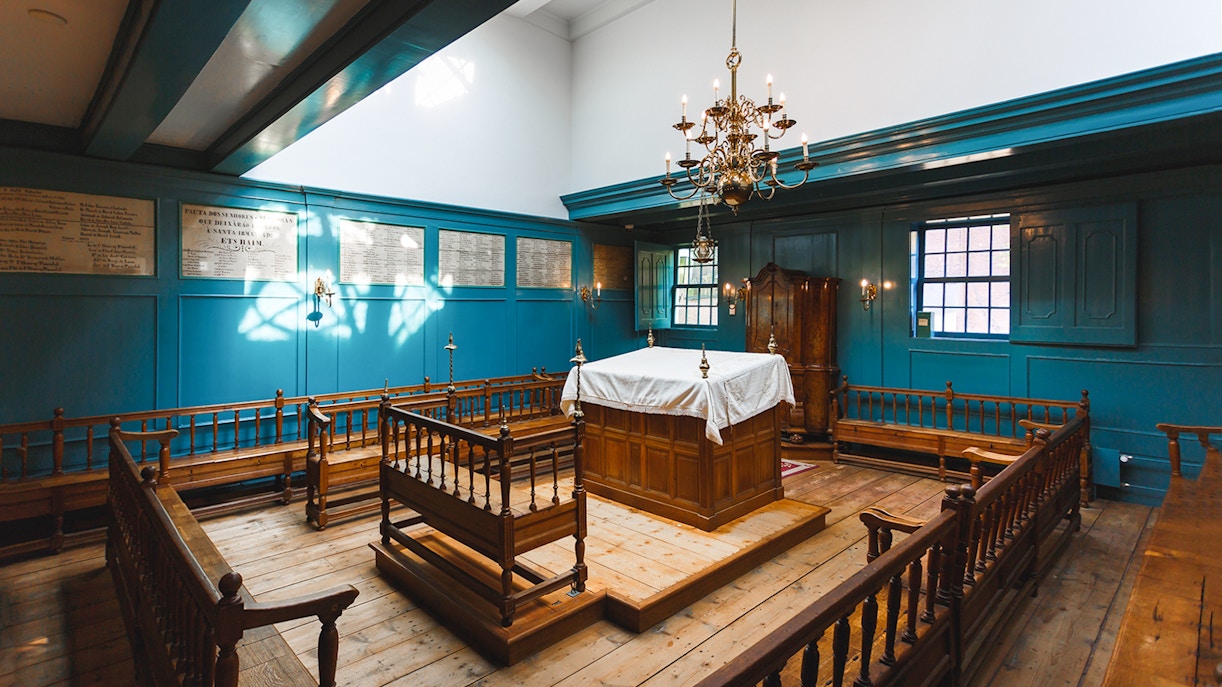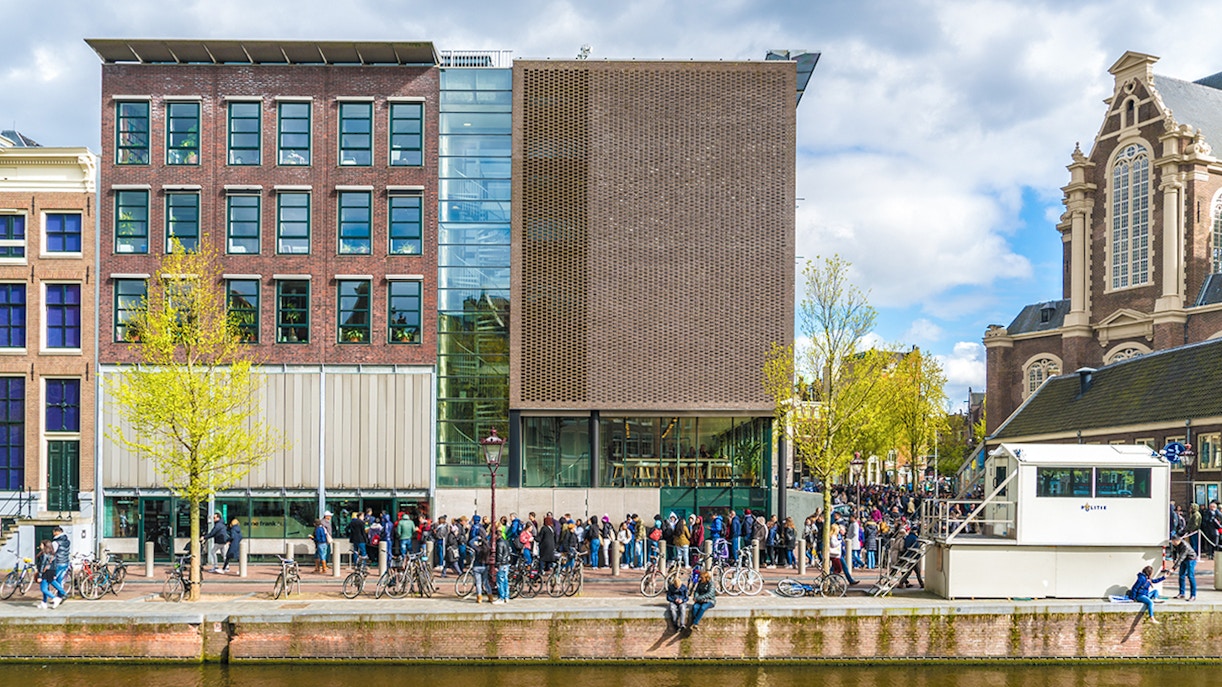The Anne Frank House was originally built in the early 1600s by Dirk van Delft as a typical Dutch canal house. Its tall, narrow façade, large windows, and classic design reflect the style of Amsterdam at that time. Inside, the hidden annex was cleverly created behind a movable bookcase, showing the care and ingenuity needed to stay hidden. Original wooden beams and floors are still in place, giving a real sense of life in the 17th century. Today, the building is carefully preserved as a museum, honoring Anne Frank’s story and drawing visitors from around the world.










